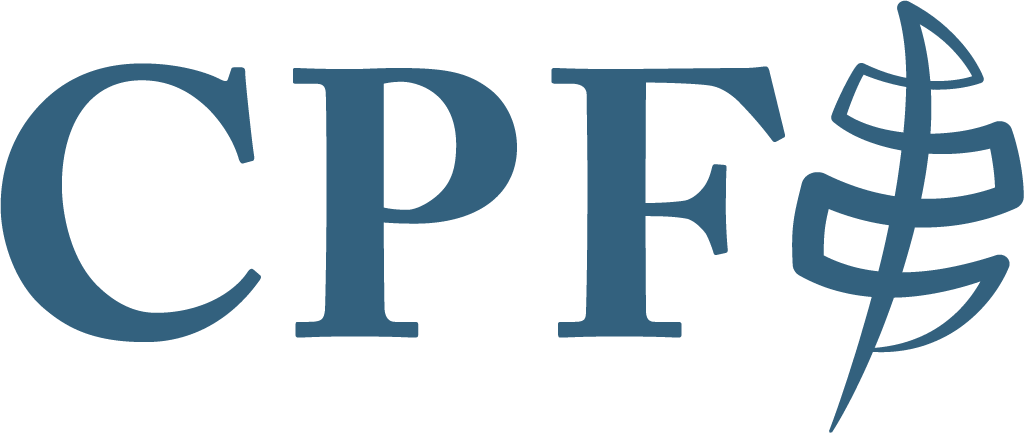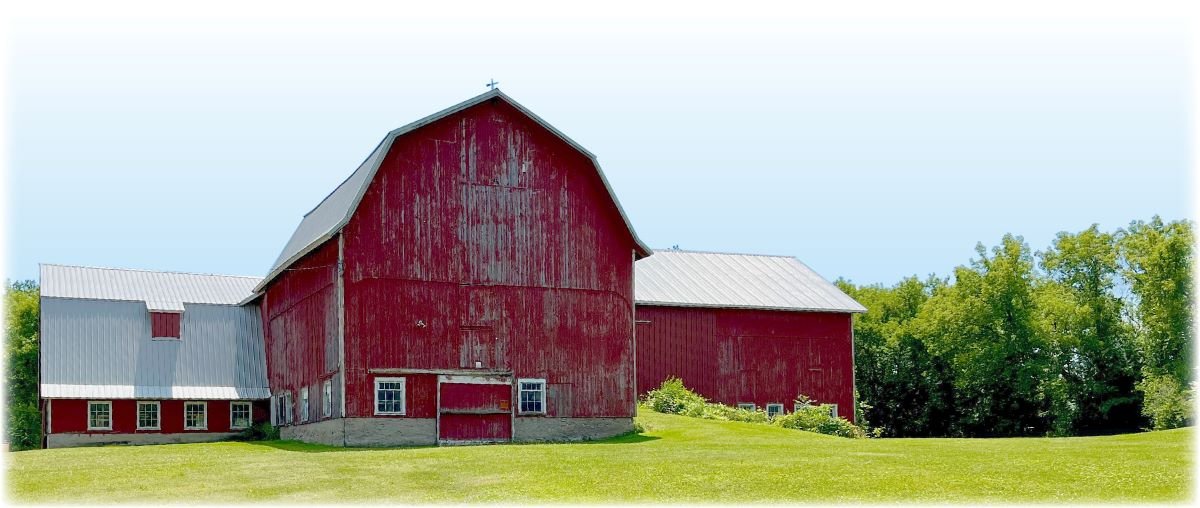Conserving Agricultural Lands and Cultural Landscape History
The three-bay English barn on the Frey Farm dates back to 1840.
Conserving Agricultural Lands and Cultural Landscape History: The Frey Farm—CPF is delighted to announce the completion of a project that places 134-acres of agricultural land and a mid-1800’s historical farmstead complex under the protection of a conservation easement. This easement addresses multiple facets of CPF’s mission including the preservation of historical architecture, protection of agricultural lands, and conservation of natural resources.
When sisters Martha and Elizabeth Frey made the difficult decision to sell the farm that had been in their family for three generations, they contacted CPF to discuss how they could protect the property prior to sale. Located two miles southwest of the Village of Chittenango, the Frey Farm was previously part of the former Gates Farm, established in 1789 by Jeremiah Gates, one of the first European settlers in the area, and an ancestor of Martha and Elizabeth.
As the easement was finalized, Martha told CPF, “It’s hard to be the last Gates on the road after 225 years. Elizabeth and I are excited to finalize the conservation easement and protect the farm in perpetuity.”
A conservation easement is a voluntary, legal agreement between a property owner and a land trust that limits the development of the land in order to protect its conservation value in perpetuity. The conserved property remains in private ownership and on the local tax rolls. The landowner continues to own and use the land, and can sell it or pass it onto their heirs. When the land ownership changes, the conservation restrictions stay in place.
Most of CPF’s agricultural easements were placed through the New York State Department of Agriculture and Markets Farmland Protection Implementation Grant (FPIG) program which is specifically focused on protecting agricultural soils. The Frey Farm easement, however, was a private donation from Martha and Elizabeth. This enabled CPF staff to work closely with the sisters and carefully craft the terms of the easement to ensure that their conservation objectives for the property would be honored, while also providing sufficient flexibility for future farm viability.
The low doorway on the side of the historic Frey Farm barn
has a stone overhang over the “pig door.”
Per the sisters’ wish, the completed easement guarantees that this important agricultural property will be kept free forever from commercial and industrial uses and from residential overdevelopment and that its ecological, open space, and aesthetic values will be preserved. In addition, the easement will ensure that the architectural, historical, and cultural features of the farm are maintained, including a two-story farmhouse that was built in the mid-1800s, and a three-bay English barn dating back to 1840.
One of the remaining farm properties that define the gateway into the Village of Chittenango, the Frey Farm is located on the north and south sides of Route 173 (Brinkerhoff Hill Rd.) and commands sweeping views of Oneida Lake from its highest elevation. The Frey Farm is close in proximity (less than a mile) to other CPF agricultural conservation lands, and has added to a pocket of protected farmland that will sustain a viable agricultural community and maintain the agrarian culture of the area. Formerly a dairy farm, for the past 50 years, the farm fields have been used to grow field crops and hay.
In order to attract a new farming landowner, the Frey sisters chose to list their property in the Farmland for a New Generation-New York (FNG-NY) online directory. The FNG-NY program, coordinated by American Farmland Trust and in partnership with the State of New York, agricultural organizations, land trusts, and others, works to connect farmers seeking land with landowners who want to keep their land in farming. The land was recently purchased by a farmer who owns other property that is protected under agricultural conservation easements with CPF and who will continue the agricultural use of the Frey Farm fields.
With the addition of the Frey Farm, CPF now protects over 3,300 acres of farmland and scenic landscapes through conservation easements. CPF is currently working with six other local farms to permanently conserve an additional 1,600 acres of important agricultural land through the FPIG program and private easement donation.



